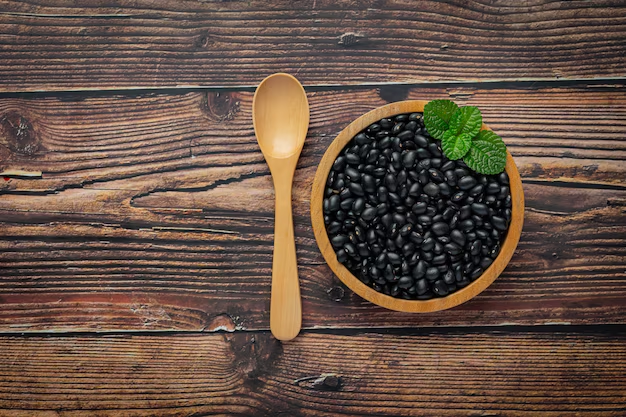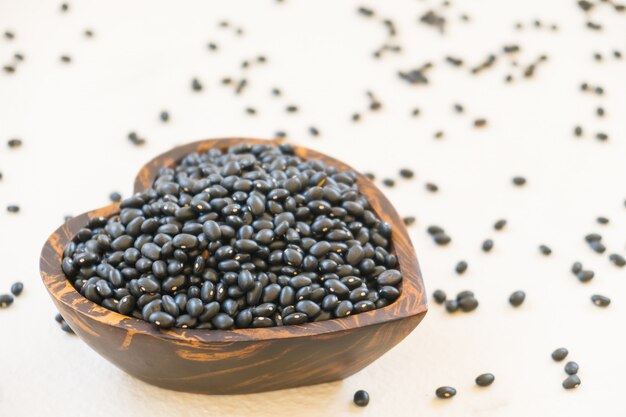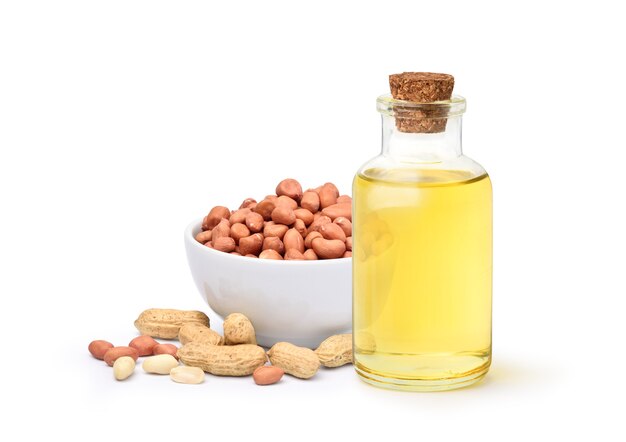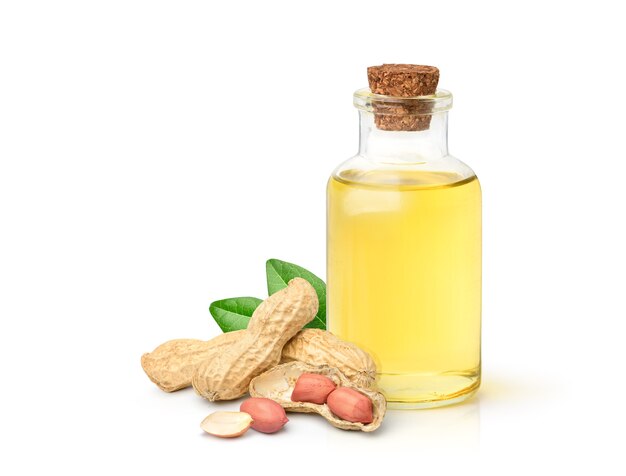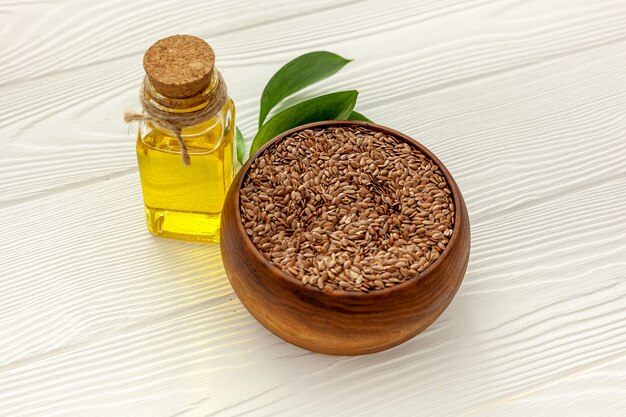Canola oil is a widely used cooking oil that has sparked debates about its health effects. Many people wonder, is canola oil healthy? Known for its mild flavor and versatility, it is a staple in many households and commercial kitchens. However, its processing methods and health implications have made it a topic of discussion.
In this article, we will explore the origins of canola oil, its nutritional profile, potential health benefits, and risks. By the end, you’ll have a clear understanding of whether it fits into a healthy diet.
What is Canola Oil?
Canola oil is a vegetable oil derived from the seeds of the canola plant. It is prized for its neutral flavor, affordability, and versatility in cooking.
Origin and Production Process
Canola oil originates from the rapeseed plant, but it has been specifically bred to reduce harmful compounds like erucic acid. The seeds are harvested, cleaned, and crushed. The oil is extracted through a pressing process, followed by refining steps to improve its taste, color, and stability.
Nutritional Profile of Canola Oil
Understanding the nutritional content of canola oil is essential for assessing its health impact. Here’s a quick overview:
| Nutrient | Amount per 1 Tbsp (14g) |
| Calories | 124 |
| Total Fat | 14g |
| Saturated Fat | 1g |
| Monounsaturated Fat | 9g |
| Polyunsaturated Fat | 4g |
| Omega-3 Fatty Acids | 1.3g |
| Omega-6 Fatty Acids | 2.6g |
Canola oil is rich in heart-healthy monounsaturated fats and provides a balance of omega-3 and omega-6 fatty acids.
Related to Read: Is Sesame Oil Healthy? Exploring Its Nutritional and Health Benefits
Benefits of Canola Oil
Despite the controversies, canola oil offers several potential health benefits.
Heart Health
One of the most touted benefits of canola oil is its positive effect on heart health.
Does Canola Oil Lower Cholesterol?
Canola oil is low in saturated fat and high in monounsaturated fat, which can help reduce LDL (bad cholesterol) levels. Lowering LDL cholesterol reduces the risk of heart disease.
Omega-3 and Omega-6 Fatty Acids in Canola Oil
Canola oil provides a good balance of omega-3 and omega-6 fatty acids. Omega-3s are anti-inflammatory and support cardiovascular health. A balanced intake of these fats can help maintain heart health and prevent chronic diseases.
Weight Loss and Canola Oil
Canola oil may also be helpful for weight management.
Is Canola Oil Good for Weight Loss?
While oils are calorie-dense, canola oil’s healthy fat profile makes it a better choice for those managing their weight. It helps promote satiety, meaning you feel fuller for longer after meals.
Canola Oil and Cooking
Canola oil is popular for its versatility in cooking, baking, and frying.
Is Canola Oil Healthy for Cooking?
Yes, canola oil is a practical choice for cooking due to its mild flavor and heat stability.
High Smoke Point and Stability
Canola oil has a high smoke point of around 400°F (204°C). This makes it suitable for high-heat cooking methods like frying, sautéing, and roasting without breaking down and producing harmful compounds.
Is Canola Oil Bad for You?
While there are benefits, some concerns exist regarding canola oil’s health effects.
The Debate on Processing and Refining
One of the main criticisms of canola oil stems from its processing methods.
Refined vs. Unrefined Canola Oil
Most commercial canola oil is refined, meaning it undergoes chemical processes to remove impurities. While this improves shelf life and taste, it may strip away some nutrients. Opting for cold-pressed or minimally refined canola oil can reduce exposure to processing chemicals.
Is Canola Oil Inflammatory?
The omega-6 content in canola oil raises questions about its inflammatory potential.
Balancing Omega-6 and Omega-3 Ratios
Canola oil contains more omega-6 than omega-3, but the ratio is more balanced than other vegetable oils. Excessive omega-6 intake relative to omega-3s can promote inflammation, but moderate use of canola oil alongside omega-3-rich foods can help maintain balance.
Potential Risks and Disadvantages of Canola Oil
Despite its benefits, there are potential drawbacks to using canola oil.
Trans Fats in Canola Oil
During hydrogenation (a process used to create margarine and shortening), canola oil can form trans fats. Trans fats are harmful and can increase the risk of heart disease. However, most canola oil sold today contains minimal trans fats.
Genetic Modification and Health Concerns
Many canola plants are genetically modified (GMOs) to improve crop yield and pest resistance. While GMO canola oil is deemed safe by regulatory bodies, some consumers prefer non-GMO options due to ethical or health concerns.
Canola Oil vs. Other Oils
When it comes to cooking oils, there are many options. Canola oil is often compared to other popular choices like olive oil and vegetable oil. Let’s explore how they stack up.
Canola Oil vs. Olive Oil
Both canola oil and olive oil are staples in kitchens worldwide, but they have different uses and benefits.
Is Canola Oil Healthier than Olive Oil?
Olive oil, especially extra virgin olive oil, is rich in antioxidants and has powerful anti-inflammatory properties. It’s often considered superior for heart health because of its high monounsaturated fat content and polyphenols.
Canola oil, however, has a milder taste, making it more versatile for various recipes. It also has a higher smoke point, making it better for high-heat cooking. While both oils offer heart health benefits, olive oil has a nutritional edge due to its higher antioxidant content.
Canola Oil vs. Vegetable Oil
Vegetable oil is often a blend of different oils, including soybean, sunflower, or palm oil.
Canola Oil vs. Vegetable Oil Health Benefits
Canola oil generally contains less saturated fat than most vegetable oil blends. Its omega-3 fatty acids also make it a healthier option for heart health. Vegetable oil, however, often contains higher levels of omega-6 fatty acids, which can promote inflammation if consumed in excess.
For health-conscious individuals, canola oil is often a better choice due to its balanced fat profile and fewer processing concerns.
Healthiest Oils for Cooking
Choosing the right oil for cooking depends on your health goals, cooking method, and flavor preferences.
How Does Canola Oil Compare?
Canola oil is one of the most versatile oils due to its mild flavor, affordability, and high smoke point. Unlike oils like butter or palm oil, it contains very little saturated fat, making it heart-friendly.
Recommendations for Everyday Use
- Use canola oil for frying, roasting, or sautéing because of its heat stability.
- Opt for olive oil in dressings, drizzles, or low-heat cooking to maximize its nutritional benefits.
- Experiment with avocado oil or coconut oil for unique flavors or specific health benefits.
Canola Oil for Special Dietary Needs
Canola oil is often recommended for individuals with specific dietary goals or restrictions.
Is Canola Oil Good for Your Heart?
Yes, canola oil is considered heart-friendly due to its low saturated fat content and high levels of monounsaturated fats. These fats help reduce LDL cholesterol and support cardiovascular health.
Low-Cholesterol and Heart-Friendly Diets
For people following low-cholesterol or heart-healthy diets, canola oil is an excellent choice. It can replace butter, margarine, or other oils high in saturated or trans fats, making meals healthier without sacrificing flavor or texture.
FAQs
Is Canola Oil Healthy for Frying?
Yes, canola oil is suitable for frying due to its high smoke point (around 400°F/204°C). It remains stable at high temperatures, making it a safe and efficient option for deep-frying or stir-frying.
Is Canola Oil Good for Baking?
Absolutely. Canola oil’s neutral taste and light texture make it ideal for baked goods. It keeps cakes moist and tender without altering the flavor. It’s also a healthier substitute for butter or shortening in many recipes.
Does Canola Oil Have Cholesterol?
No, canola oil is plant-based and naturally cholesterol-free. It can be part of a low-cholesterol diet and help manage blood lipid levels.
What are the Disadvantages of Canola Oil?
While canola oil has many benefits, it’s not without drawbacks. Most canola oil is highly processed, which may reduce its nutritional value. Additionally, the widespread use of genetically modified canola crops concerns some consumers. Lastly, excessive omega-6 intake (found in canola oil) without adequate omega-3s may lead to inflammation.
Conclusion
Should You Include Canola Oil in Your Diet?
Yes, but with moderation and mindful choices. Canola oil is a versatile, heart-friendly option for cooking and baking. Its balanced fat profile, high smoke point, and mild flavor make it an excellent all-purpose oil.
Moderation and Healthy Cooking Practices
To reap the benefits of canola oil while minimizing risks:
- Choose cold-pressed or minimally processed options when available.
- Balance canola oil with other healthy fats like olive oil, avocado oil, and nuts.
- Avoid overconsumption of omega-6-rich foods to maintain a healthy omega-6 to omega-3 ratio.
By incorporating canola oil thoughtfully, you can enjoy its advantages without compromising your health goals.







